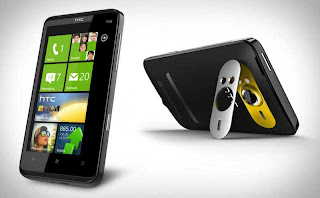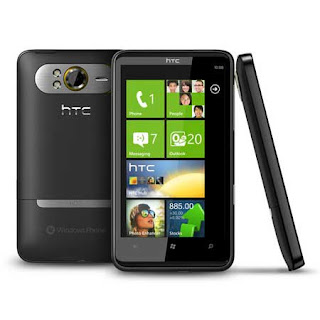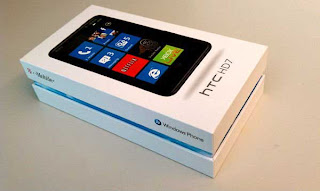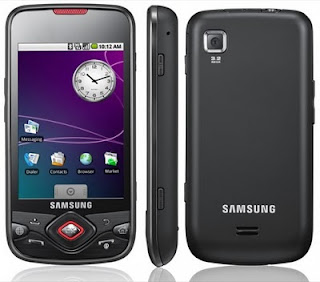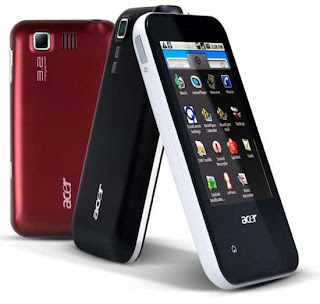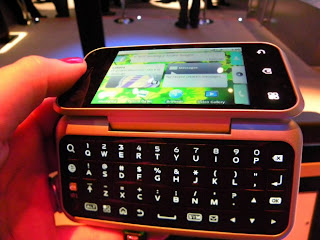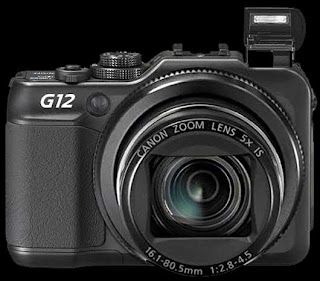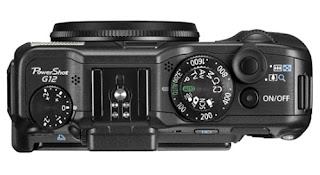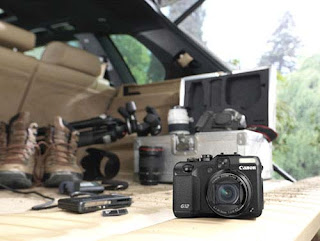Property Android 2.2 in the midrange price segment, LG Optimus One P500 is expected to be major competitors with the same many model range.
Start to join with GW620, followed by Optimus GT540, but with Optimus One, LG really into competition with the name on the popular smartphone segment.
If the luxury goods group, LG does not have a dominant model, the Optimus One that appears to be as uncomfortable with rival Acer, Sony Ericsson, HTC ... Manufacturers also have Android phone in the price range.
Also, Optimus One is running Froyo phones with good price, sturdy design and full ownership of many connection other advanced phones. In return, the small screen, medium speed is reduced to machine joined common goods.
Here are some notable features of the LG P500 One Optimus.
- 3.2 inch screen, capacitive touch, multi-resolution HVGA 320 x 480 pixel, TFT LCD technology.
- 4-band GSM support, 3G connectivity with HSDPA 7.2 Mb / sec
- Processor speed of 600MHz, 512MB RAM
- Android 2.2 Froyo
- Connectivity: Wi-Fi b / g, integrated Wi-Fi hotspot functionality, GPS with A-GPS
- Digital compass
- 3 Megapixel camera with auto focus, face recognition, smile, geotagging
- MicroUSB connector, 3.5 mm headphone jack, microSD card slot with 8GB card included
- Support video format DivX / XviD
Design
Machine made of plastic shell, the surface looks quite soft, smooth, but sturdy when holding, no leaving fingerprints as many mobile plastic. Wrapped around the rim 4 edge is a sturdy metal lines, in which the buttons, ports are arranged solid hold.
One is the front of Optimus capacitive touch screen, 3.2-inch wide multi-point resolution of 320 x 480 pixel HVGA, quite bright and clear, better than many phones screen with touch Games prices by enough resolution to see the contents without aliasing. LG LCD technology uses ordinary.
Bottom of the screen, there are four buttons used by the Android operating system, however, Home and Back buttons are wrapped around in a metallic mirror surface, while the Search button and menu is separated into two sides.
LG rather save buttons for Optimus One by this factory only equipped with a volume up button on the right is the top. In addition, this model is equipped with microUSB port on the bottom and 3.5 mm headphone jack on top. Camera with 3 megapixel no flash of Optimus is alone in the back, under a lower surface grinding of metal, rigid. With dimensions 113.5 x 59 x 13.3mm and weighs 129gram, Optimus compact enough to hold in their hands, and shirt pocket.
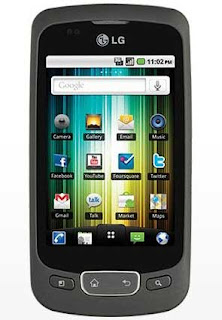
Features
Visible, equip with the most highly Optimus One form is the factory preset Froyo Android 2.2. Not many other phones in this price range was updated to the new OS version of Google. With Froyo, users can experience the many features, especially in better performance and integrate Microsoft Exchange.
One is a smartphone, Optimus richly connected. This model supports HSDPA, Wi-Fi and Bluetooth. In fact, your Web surfing speed very quickly, both 3G and Wi-Fi, but can not be compared to model high-speed 1GHz.
It also integrated A-GPS, which allows applications using the Google Maps navigation map or maps that LG installed. However, the version we test, in some locations, wave speed is slow and GPS to locate long. We sold the commercial version, not seen many people complaining about this feature.
If anyone who uses Optimus GT540, may feel little real money on your keyboard stripes, with the traditional numeric buttons, then this model has improved, though still a little confused by the small screen. Users can select LG digital keyboard, or a full QWERTY characters with more options for displaying characters. Property capacitive screen, but not slippery, sliding, Optimus One touch right support and preparation.
Interface, from Android 2.2 Froyo, LG has a few small changes to increase the convenience for users.
Home screen is allowed to slip away into the icon level, however, standing below the Menu bar look much more intuitive than the four icons is a call, Contacts, messaging, browsing on both sides, between which go to the main menu with four dots, the other with an arrow Android is another slip up.
In the Main Menu, LG had collected applications to be downloaded from the Market on a separate section below. This is a lot different than other Android phone, which allows users to search more quickly, especially when the mobile is a lot of software installed.
In addition to Android Market, LG also equipped with a time applications for this device is called App Advisor. In essence, this is just a list of indicative utility, once installed, the machine will automatically link to the Android Market. App Software Advisor at the opening, will search the area of the country where you live.
3 megapixel camera support One of Optimus autofocus mode, but computer models have no LED flash light. The photographs are of moderate quality, enough for users to record the basic moments, share them with others through Facebook, Yahoo ...
The entertainment features are not strong One of Optimus, but users can still listen to music, catching a good wave radio. One noteworthy point is this model supports Xvid video formats, dvix code without having to transfer the high-definition video files.

Performance
Next to the screen with high resolution HVGA, prominent than QVGA of multiple devices same price, this model also has pace, 600MHz, RAM up to 512MB. This gives the machine the ability to handle relatively stable, however, some applications like games Angry Birds also have time delay, however, tasks such as zoom, open the utility, surf web can accept .
1500 mAh battery on a good, regular use of facilities such as surfing the web, facebook updates, as well as voice, IM, open email, about 1.5 days to recharge. Meanwhile, normal use, less connected, more entertainment, you can use more 2 days.
Regarding call quality, Optimus One for quality rather, no wave phenomena dropped or missed, even where the cell is relatively weak wave.
Sound machine is not large, but relatively clear. Meanwhile, enjoy through headphones for better quality, meeting the basic entertainment, music, even though the effect was small.
Competitors
Sony Ericsson Xperia X8
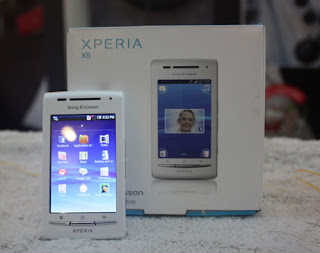
Have lower prices, X8 from Sony Ericsson owns Timescape interface looks slick, plus many paths designed like seniors X10 did look more attractive Optimus One model. Besides, the X8 can tell the same 600MHz speed, and take pictures quite entertaining.
However, the machine running the Android 2.1 (recently upgraded), smaller screens and other accessories not rich like Optimus One.
Samsung I5700 Spica Galaxy
Spica is also a model run Android 2.2 (the upgrade), 3.2-inch computer screen, and many good software.
Both have their own strengths, the design of the Galaxy Spica somewhat troubled than Optimus One, smaller than the RAM, but 128MB is AMOLED display, support for brilliant display.
Acer BeTouch E400
Features and equipment of the E400 is almost no difference with Optimus One as RAM 512, a full connectivity, 3.2 inch screen, HVGA, 3-megapixel camera. However, the interface is pretty simple machine, the device has only 1100 mAh battery.
Wildfire smartphone from a big brand and professionalism in the interface layout, entertainment with 5-megapixel camera, so the machine has a higher price.
Optimus One outstanding characteristic of the new operating system, HVGA screen displays detailed and beautiful.
Motorola backflip MB300
Motorola's backflip with a full QWERTY keyboard design with fold back looks quite unique. Computer ownership camera 5 megapixel, LED flash, these are parameters than Optimus One. In return, the ownership model has a simple interface, the old operating system, besides the speed of your RAM is less than the Optimus One.

